Not An Ad (But it should be): Bala Bangles
I almost failed gym class growing up. Not because I had really bad asthma (although I did) but because I’d forge notes from my parents to get me out of gym class. Phyed was the class that made me feel most “othered” due to my disability and I swore up and down that outside of dance, I hated exercise.
Spoiler: that didn’t stick. In fact, I went on in my early adult years to not only love fitness but have an extremely successful career in group fitness, partnering with some of the biggest brands in the world all over the country.
What I quickly learned was that I didn’t hate fitness. I hated inaccessibility. I hated people staring at me. I hated feeling left out.
It took years for me to teach myself to hold a three-pound weight (the lightest my studios had) and I remember the moment I saw Bala bangles. “WHERE WERE THESE 5 YEARS AGO?!” was my initial response, quickly followed by “there’s a huge need for this in the disability market.”
Bala has a unique opportunity to embrace both Targeted Functional and Narrative-Centric disability inclusion. Let’s take a look at the difference between the two:
Targeted Functional Inclusion
Targeted Functional Inclusion spotlights products or services that specifically address the needs of people with disabilities. Bala products, designed for easy handling and adaptability, are already a step toward addressing the needs of individuals with limb differences, arthritis, or mobility challenges. Bala can leverage these inherent features to create campaigns that highlight the functionality of their products for disabled people.
Narrative-Centric Inclusion
Narrative-Centric Inclusion, meanwhile, centers stories around disability experiences, highlighting the challenges and achievements of the disabled community. For Bala, this could mean engaging in storytelling that outlines the inaccessibility of the fitness industry for people with disabilities, and then doing a PR campaign to change some of these systemic barriers. They could partner with other disability inclusive businesses like Peloton or Girlfriend Collective who have mastered the Gen Pop style of disability inclusion, too.
Incorporating disability inclusion into marketing strategies offers significant business benefits. Research reveals compelling statistics:
84% of consumers have a more favorable impression of companies that include people with disabilities in their marketing.
80% of these consumers express a desire to do more business with such inclusive companies
75% find these companies more trustworthy.
This data highlights a clear trend: disability inclusion not only fosters a positive brand image, but also drives consumer trust and loyalty, leading to potential increases in business and market share. And when we consider the disability buying power of $8T… that’s nothing to sniff at.
For Bala, tapping into this market is not just a matter of social responsibility; it's a strategic business move. The disability community represents a substantial consumer base with specific needs that Bala's products can address without any need for redesign. By integrating disability inclusion into their marketing strategies, Bala can unlock new customer segments and deepen its brand connection with a broader audience. This approach aligns with current consumer preferences for inclusivity and authenticity, positioning Bala as a forward-thinking and socially conscious brand.
In the context of Bala's unique product offerings, the emphasis on disability inclusion can translate into tangible business growth. With their adaptable and accessible fitness products, Bala is well-placed to meet the demands of a diverse customer base, including those with disabilities. This strategic focus not only caters to a market that is often overlooked, but also aligns with the increasing consumer demand for inclusive and representative brands.
For Bala to effectively integrate disability inclusion into its marketing, collaboration with the disability community is essential. This could involve featuring real stories of people with disabilities using Bala products in their fitness routines. The campaign should focus on the functional benefits of Bala products, showcasing how they cater to a range of physical needs. Authenticity is key – working with disabled individuals who genuinely use and benefit from Bala products will lend credibility and relatability to the campaign. Additionally, ensuring that the marketing materials themselves are accessible (e.g., with captions and audio descriptions) will further demonstrate Bala's commitment to inclusivity.
Bala's opportunity for exploration of disability inclusion in marketing represents not only a step toward greater social responsibility, but also a strategic business move. By following the outlined strategies, Bala can set a new standard in inclusive marketing, benefitting both the brand and its diverse consumer base. This blog serves as a call to action for other businesses to follow suit and embrace inclusive marketing strategies that cater to all.
